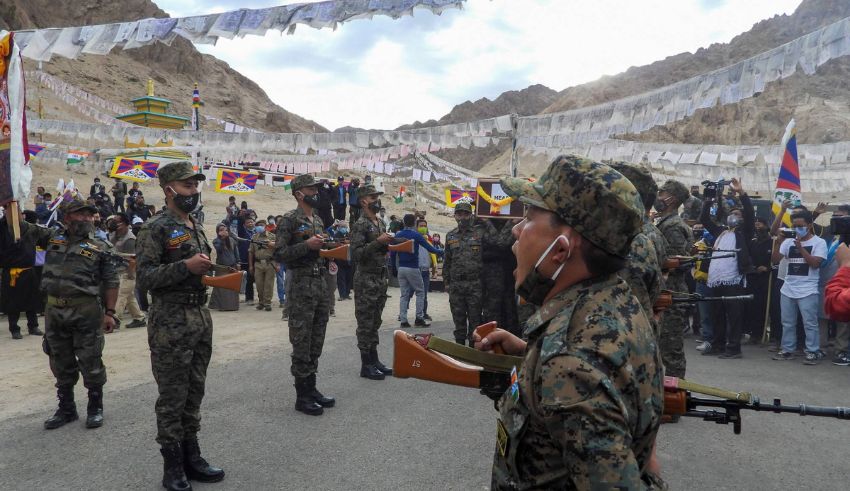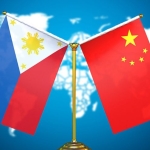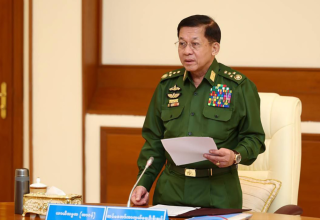
Tibet, also known as the Tibet Autonomous Region (TAR), is a vast and mountainous region in western China, bordering India, Nepal, Bhutan, and Myanmar. Tibet has been under China’s control since 1950, when the People’s Liberation Army (PLA) invaded and occupied the former independent kingdom. Tibet has been a source of tension and conflict between China and India, as well as between China and the Tibetan people, who have resisted China’s rule and sought greater autonomy and freedom.
Tibet is strategically important for China, as it serves as a buffer zone and a gateway to South Asia, as well as a source of natural resources and water. China has invested heavily in developing Tibet’s infrastructure, such as roads, railways, airports, and dams, to enhance its connectivity and accessibility, as well as its economic and social development. China has also deployed and modernized its military forces and assets in Tibet, to strengthen its defense and deterrence, as well as its projection and influence.
In January 2024, China announced a new plan to invest 80 billion yuan ($11.2 billion) in Tibet’s infrastructure by 2035, which includes 10 new airports, 47 temporary landing points, and several railway and highway projects. The plan is part of China’s broader vision to establish a three-dimensional transportation network in Tibet, and to integrate it with other regions in China and South Asia.
The implications and the challenges of Tibet for India
Tibet poses a serious threat and challenge for India, as it enables and facilitates China’s military aggressions and ambitions along the disputed and volatile border between the two countries. China and India have fought several wars and skirmishes over their border, most notably in 1962, 2017, and 2020, and have failed to resolve their territorial and strategic disputes. China claims about 90,000 square kilometers of Indian territory, mostly in Arunachal Pradesh, which it calls “South Tibet”. India claims about 38,000 square kilometers of Chinese territory, mostly in Aksai Chin, which it considers part of Ladakh.
Tibet also undermines and challenges India’s security and interests in the region, as it allows China to exert its influence and interference in the affairs of India’s neighbors, such as Nepal, Bhutan, and Myanmar, and to undermine India’s role and leadership in the South Asian Association for Regional Cooperation (SAARC) and the Bay of Bengal Initiative for Multi-Sectoral Technical and Economic Cooperation (BIMSTEC).
China has also used Tibet as a leverage and a bargaining chip in its relations with India, and has opposed and criticized India’s support and hospitality for the Dalai Lama, the exiled Tibetan spiritual leader, and the Tibetan government-in-exile, which are based in India.
Keep Reading
The solutions and the strategies for India to deal with Tibet
India faces a difficult and urgent task of dealing with Tibet, as it affects its national sovereignty and security, as well as its regional and global position and role. Some of the possible solutions and strategies for India to deal with Tibet include:
- Diplomacy and dialogue, which could aim to persuade and pressure China to respect and abide by the agreements and protocols on the border management and confidence-building measures, and to resume and advance the negotiations and consultations on the boundary settlement and the peace and tranquility. This could involve engaging and cooperating with China on various issues of mutual interest and concern, such as trade, climate change, and counter-terrorism, as well as balancing and diversifying India’s relations with other countries and actors, such as the US, Japan, Australia, and the Quad.
- Deterrence and defense, which could aim to prevent and protect against China’s military provocations and incursions, and to respond and retaliate if necessary. This could involve enhancing and deploying India’s military and defense capabilities and assets, such as troops, tanks, aircraft, missiles, and drones, along the border and in the Indian Ocean, as well as conducting joint exercises and operations, and strengthening the alliances and the partnerships with other countries and actors, such as the US, Japan, Australia, and the Quad.
- Cooperation and coordination, which could aim to build and maintain the consensus and the solidarity among the relevant countries and actors, and to share and exchange the information and the resources. This could involve engaging and consulting with the regional and the global powers, such as the US, Japan, Australia, and the Quad, as well as the neighboring and the affected countries, such as Nepal, Bhutan, and Myanmar, and establishing and supporting the multilateral and the bilateral mechanisms and platforms, such as the SAARC, the BIMSTEC, and the Quad.





























